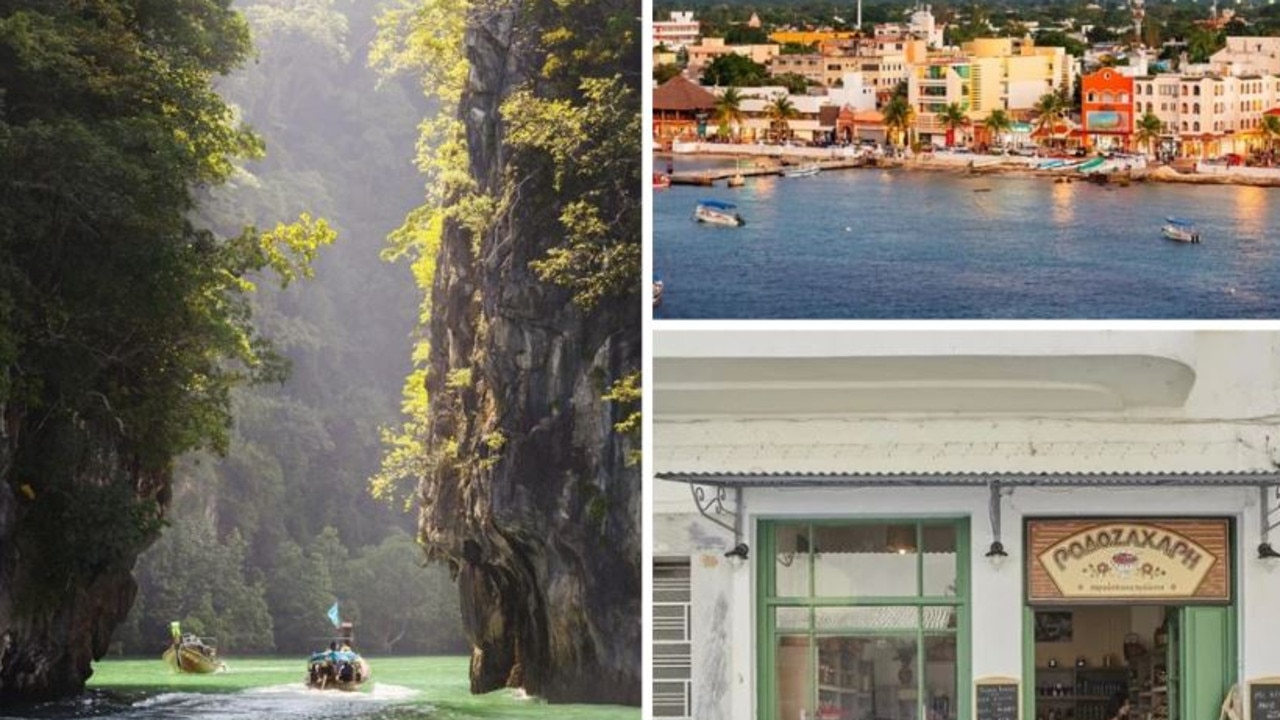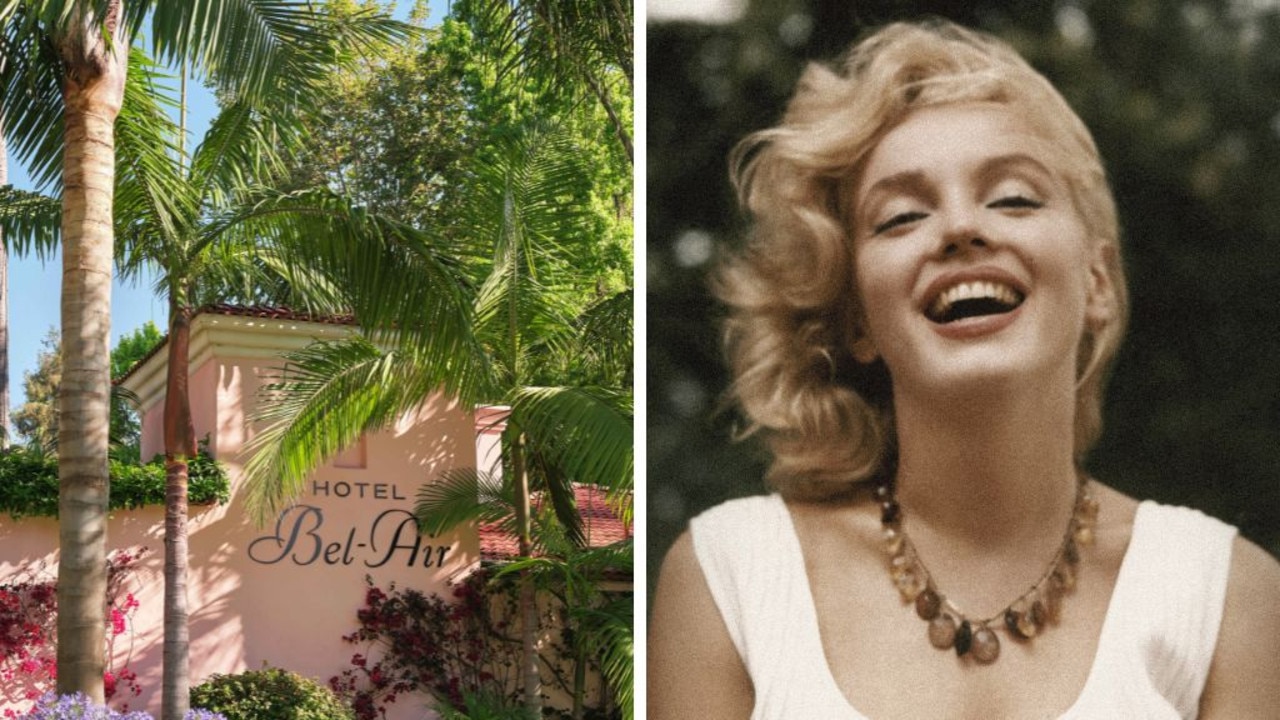Moved by spirit of nature in Canada
A VISIT to the wilds of the Great Bear Rainforest teaches visitors about the habit of the animal where the smell of salmon mixes with rainforest air.

A LOW-TIDE mark of rocks coated in orange seaweed borders the islands of the Great Bear Rainforest.
Our seaplane stays low under the clouds. As we approach the village of Klemtu, turning into Finlayson Channel, the trees beneath us thicken against the shoreline like a concert crowd being pushed from behind.
There's no gap between the dark, still sea and the front row of soaring conifers, seemingly no entry point into one of the last great wilderness areas.
Then Klemtu and its Spirit Bear Lodge come into view as a line of white homes tracing a sheltered bay. At the tip of its arc is a wooden Big House, where many of the traditions of the area are preserved.
The remoteness is stunning. Only 450 Kitasoo and Xai'xais First Nations people live here.
I've arrived at the home of the spirit bear, a subspecies of black bear that exists off the coast of British Columbia.
Their numbers only just rival those of the villagers of Klemtu and, as their name suggests, they have acquired a mythical status.
They are ghosts, beautiful oddities: black bears that, because of a recessive gene carried by 10 per cent of the local bear population, are born white.
The villagers remember the time a spirit bear walked down the main street. It was seen as a blessing, not a threat, and this tells you a lot about the local status of these bears, but also about this community's protective love of its environment.
In British Columbia and beyond, the spirit bear has come to symbolise the care of animal habitats, and how we might enter these habitats without ruining what we've come to see.
After an hour travelling through the islands by boat, my first step into the Great Bear Rainforest is on to a small, V-shaped clearing in the shoreline.
The man-made landing resembles the outline of canoes that once landed in the same spot, at the estuary of a rich salmon river called Korich.
My guide, Chantal Pronteau, is a descendant of these earlier visitors.
She is also a recent school leaver whose job is to convince any bears lying ahead that she and I, and a can of pepper spray, are worthy of respect.
She convinces me, at least.
"Hello bear," she repeats calmly.
We make our first steps into the neon green of moss and low branches.
For five minutes, Pronteau is talking to herself, reassuring only an imagined presence that may be crossing the track or napping.
But quite suddenly she turns to me and points through a clearing. "Black bears," she whispers. "Two. Look."
Pronteau is smiling. It's the first week of the lodge's guided walks, and she's thrilled that we've found bears.
I follow her gaze across the white water. On the far bank, I see the shining coat of a black bear as it lunges from the shallow water and emerges on the bank with a pink salmon, already limp.
Another bear sits contentedly in one of the pools, only his head above the waterline. A circle of perfectly clear water around him shows that salmon know to keep clear.
The bears are much closer than I'd expected, and somehow much more real as well.
Television prepares you for the sight of them, but not for the immensity of the experience, the first breathless moment of being in their company.That night, I dine with the other guests at the lodge, including Phil Charles, a bear expert from the University of Cumbria.
He's tracking the expansion of grizzly bears into areas that have previously been dominated by black bears, a movement from the more open country of the mainland to the dense forest on the area's many islands.
The following day, I see my first grizzly bears, including a mother and her cub who are sharing a salmon on a thin spit of pebbles.
We are five in our group of observers, and for two hours we sit in the hollow of a river bank eating oranges, drinking coffee, swatting mosquitoes, and not quite believing what we're seeing.
And yet, despite these treats, by day three I'm infected by the local concern for the spirit bear, and even more wishful of seeing one.
I don't quite dare hope, because I know they're a rare find.
And not seeing them doesn't diminish the other sights: black bears; grizzlies; countless eagles; salmon berries and cedars; Pacific crab apple trees; meadows of wildflowers; and of course the miracle that helps feed the whole system, the annual salmon migration.
But that night at the lodge, manager Tim McGrady tells me that another group has spotted a spirit bear. It was seen at the very place I first stepped into the forest on day one, Korich.
The next morning, my last in Klemtu, I rejoin Pronteau and we return to the old canoe landing.
A heavy odour of salmon flesh mixes with the closed, rainforest air.
Despite the river running fuller today, it seems quiet, and for an hour we wait. Nothing. Only black bears arrive, plunging and feasting.
And then, some 6m away, a spirit bear balances on a slim log that's fallen across the river.
Pronteau and I sit still. The bear sees us, and for a moment is as shocked as we are. It's like having eye contact with another world.
There is a flicker of understanding, of mutual uncertainty, and then slowly that world steps back into the forest.
The writer was a guest of Tourism British Columbia, Travel Alberta and the Canadian Tourism Commission.
--
Go2
CANADA
Doing there
For further information on travelling to British Columbia, see britishcolumbia.travel
For further information on travelling to Alberta see travelalberta.com
For general information on travelling to Canada, see canada.travel



